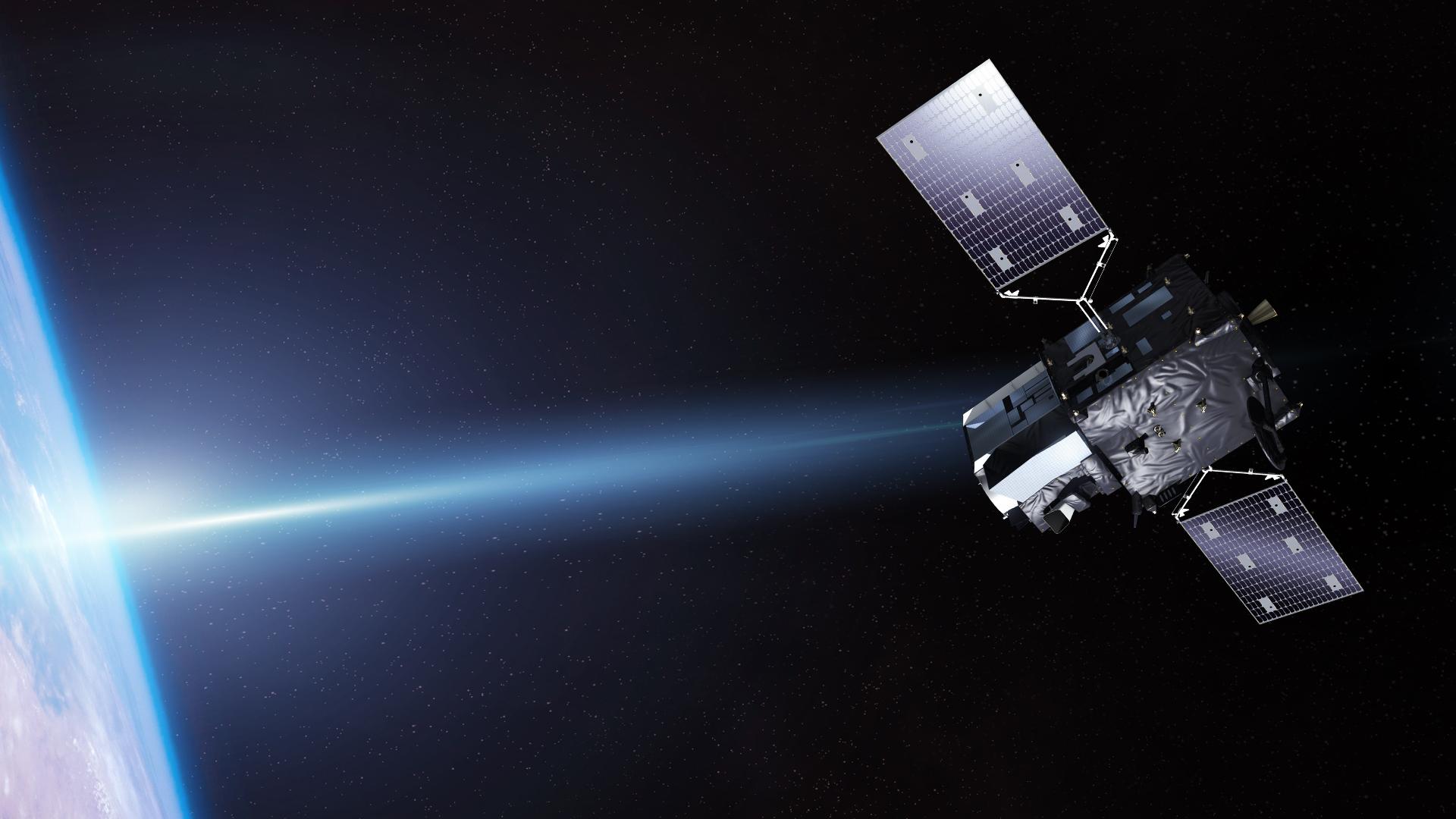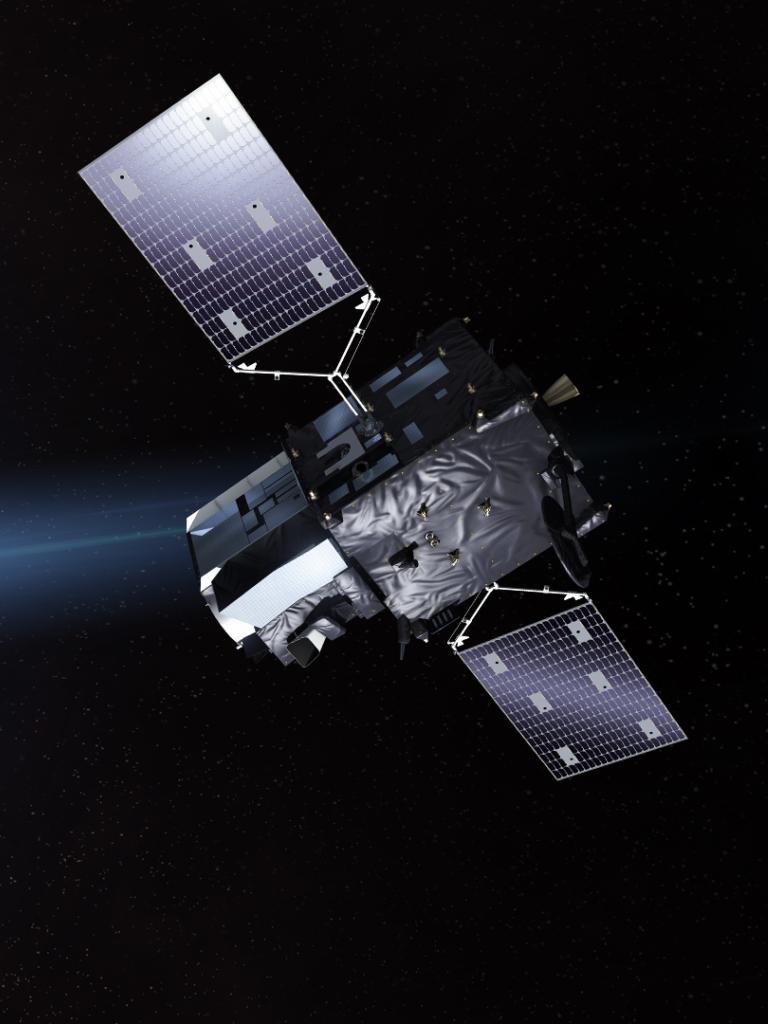Supporting the planet - one tree at a time
Taking steps to offset a portion of the carbon dioxide footprint associated with putting satellites in space.

Europe's first operational sounding satellite in geostationary orbit


03 July 2025
23 January 2025
The Meteosat Third Generation sounding satellite (MTG-S1) was launched on 1 July 2025. It will revolutionise weather forecasting and climate monitoring in Europe, and beyond.
MTG-S1 is the second satellite of the MTG system: the imaging satellite Meteosat-12 was launched in December 2022.
The MTG system is the most complex and innovative geostationary weather satellite system ever built. Its fleet will comprise two imaging satellites and one sounding satellite in orbit 36,000km above the Earth.
MTG will enhance numerical weather prediction and nowcasting of high impact weather, such as storms. The combination of imaging and sounding satellites will make it possible, for the first time, to observe the full lifecycle of a convective storm from space.
MTG-S1 will carry two missions: the Infra-Red Sounder (IRS) and the Copernicus Sentinel-4 Ultraviolet-Visible-Near-Infrared light imaging spectrometer (UVN).
In combination with data from Meteosat-12, MTG-S1 will enable weather and climate scientists to get a 4D vision of the dynamics and composition of the atmosphere.
The Infrared Sounder (IRS) will offer a dynamic view of the atmosphere over the Earth. Scanning Europe every 30 minutes, it will collect vertical temperature and humidity profiles with unprecedented accuracy.
This data will enhance the forecasting of atmospheric instability, water vapour movement, and extreme weather events like heavy rainfall, tropical cyclones, and winter storms.
The Copernicus Sentinel-4 mission will track aerosols (fine particles in the atmosphere) as well as concentrations of nitrogen dioxide, sulphur dioxide, and ozone. These measurements, taken every 60 minutes, will be used to monitor and forecast air quality over Europe, to protect human health, and also to improve our understanding of the daily fluctuations and global distribution of atmospheric pollutants.
Sentinel-4 will also play a key role in monitoring air quality and emissions from natural hazards such as volcanic eruptions and wildfires.
The Copernicus Sentinel-4 mission is part of Copernicus, the Earth observation component of the European Space Programme.